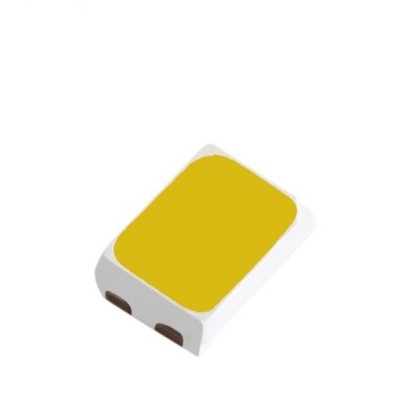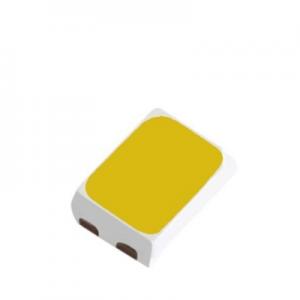smd led anode
- Category: 2016 SMD LED
- Brand:ARKTECH
- delivery date: 7 to 9 working days
- payment method: We offer payment options such as Paypal, TT (Telegraphic Transfer), or LC (Letter of Credit)
- Our team offers all-round technical support, including designing according to your requirements, selecting the best solutions based on cost and reliability, principle and LAY-OUT design, customizing s
One of our key strengths is our state-of-the-art facility, which boasts a 12000㎡ dust-free and antistatic standard workshop. We are the first to adopt imported YAMAHA (Japan) SMD machine & reflow soldering machine (match temperature tester), automatic production line, large wave-soldering equipment as well as LED tube light with automatic test equipment. This ensures that our manufacturing process is of the highest quality, resulting in superior products that meet the highest industry standards.
| Product name | smd led anode |
| Keyword | best smd led types,3528 smd smd led,0603 smd led soldering,smd led circuit design,5050 smd led light output,3v smd led,high intensity smd led |
| Place of Origin | China |
| Brand | ARKTECH |
| Current | 128MA |
| Power | 1.1W |
| Voltage | 1.9V |
| Raw material | Copper bracket/ pure gold wire |
| Quantity | 2976pcs/reel |
| Dimensions | 4.5mm*4.8mm*1.8mm, (Contact us for specific information to confirm) |
| Applicable Industries | home appliances, etc. |
| Color | white |
| Weight | 13mg |
| Product Description | 4v smd led,0402 smd led warm white,3w red smd led-It is a new surface packaging technology that encapsulates LED chips in tiny weldable packaging films and performs surface spot welding on the PCB substrate, thus improving the reliability and production efficiency of LEDs. Compared with traditional LED packaging, SMD LED has the advantages of small size, large light-emitting area, high power, low packaging height, and multiple color temperatures, and can greatly reduce costs through automated production processes. |
| delivery date | Our standard delivery time is 7 to 9 working days. |
| payment method | We offer payment options such as Paypal, TT (Telegraphic Transfer), or LC (Letter of Credit). |
| Life span | 51874 + hours (Contact us for specific information to confirm) |
| warranty | We provide a warranty period of 2 years |
| Advantage | We keep good quality and competitive price to ensure our customers benefit |
| Packing | 10x15.81x15.8mm(Contact us for specific information to confirm) |
| Sales country | All over the world for example:Canada,South Africa,Nauru,Mexico,Antigua and Barbuda,Slovakia,Armenia,Portugal |
| MOQ | 4 reel(Contact us for specific information to confirm) |
| customization services | We welcome customization requests for our products |
| production capacity | We have the capacity to produce 94kk pieces of LEDs per month. |
Segment led display, Custom LED display, Through hole LED, High power LED(Please contact us for specific information about Segment led display)
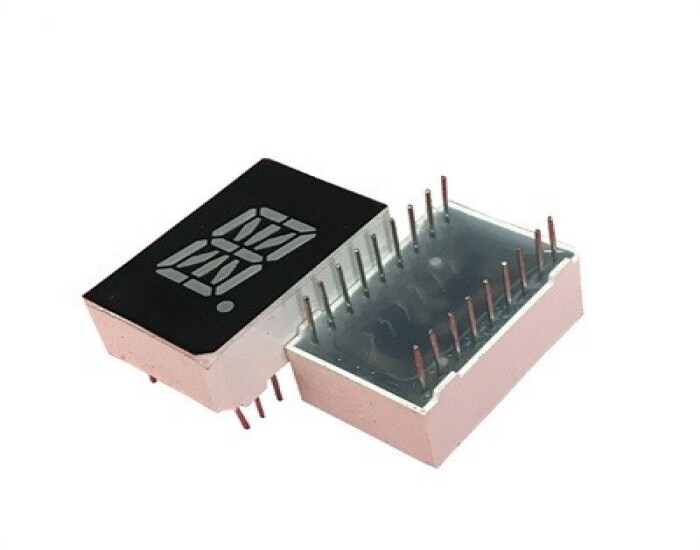
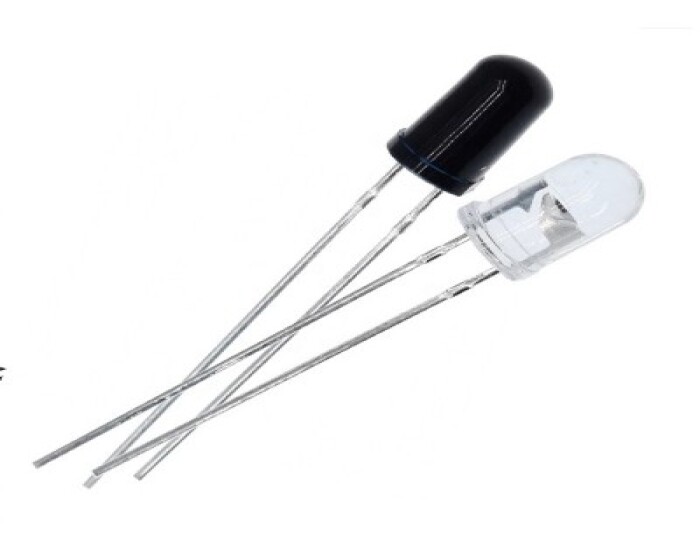
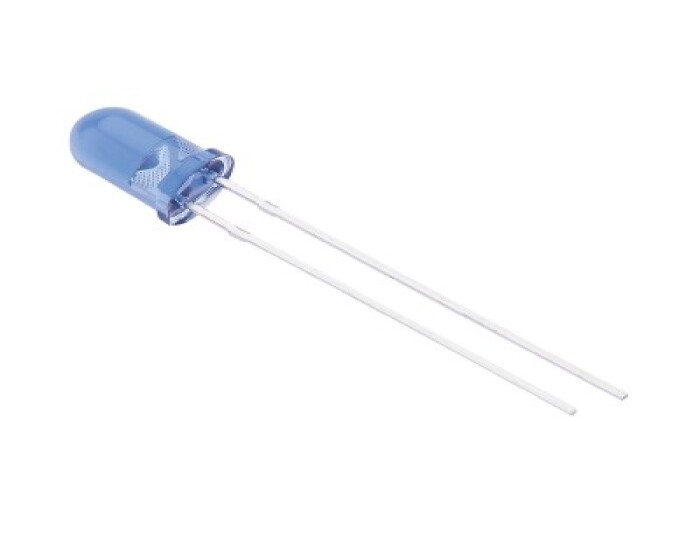
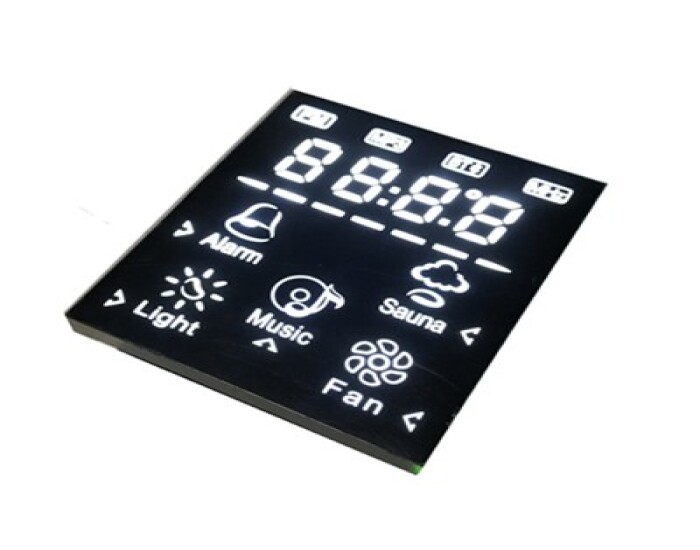
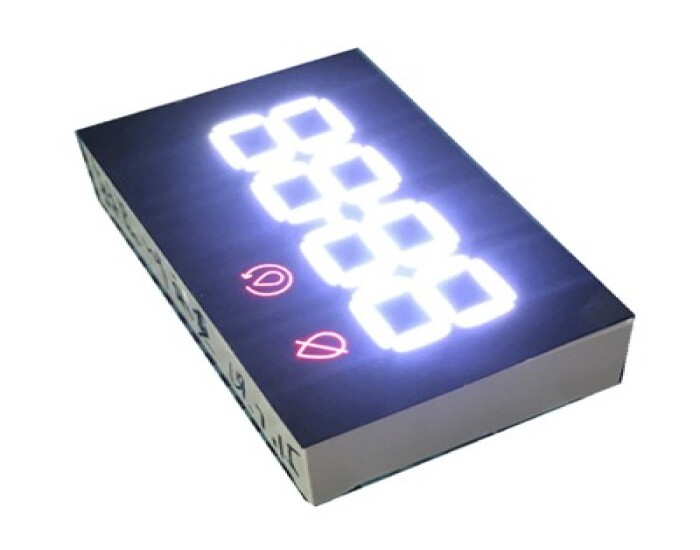
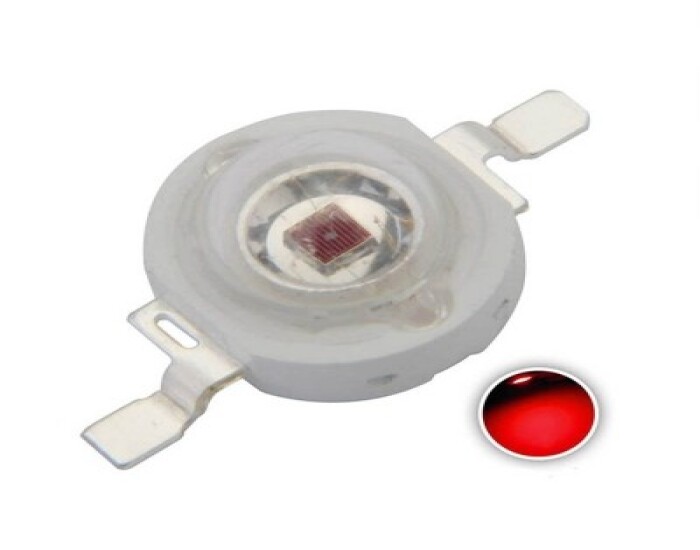
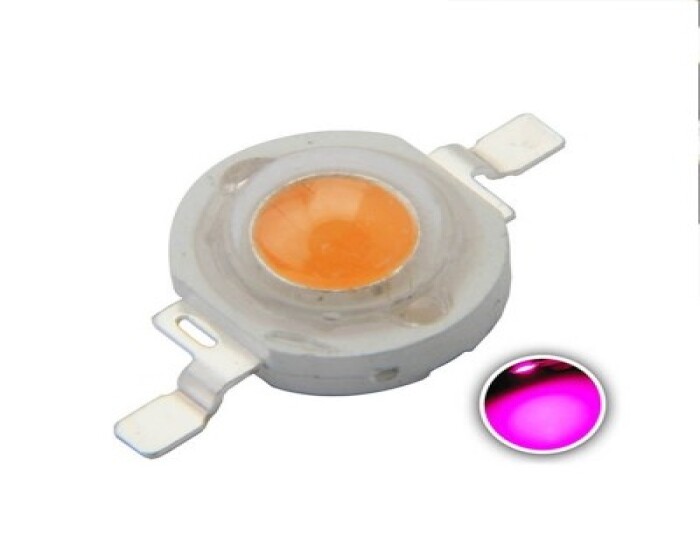
smd led anode services FAQs Guide
Are you looking for a quick review guide about smd led anodeservices?
An ultimate FAQ buying guide is available to help you.This guide contains all the information about all the important facts, figures, and various processes regarding smd led anode services.
Let’s continue!
2.Are there any maintenance requirements for smd led anode?
3.Can smd led anode lights be used for outdoor lighting?
4.How does smd led anode handle glare and eye strain?
5.Does smd led anode produce any UV emissions?
6.Are there any environmental considerations when using smd led anode?
7.How does the color temperature of smd led anode affect its use?
8.Is smd led anode suitable for use in humid or wet environments?
9.How does the cost of smd led anode compare to other types of lighting?
10.Is smd led anode resistant to shock and vibration?
11.How do smd led anode lights differ from traditional LEDs?
12.How does the operating temperature of smd led anode affect its performance?
13.About smd led anode R&D capabilities
14.How does smd led anode handle heat dissipation?
1.What is the typical power consumption of smd led anode?
smd led anode is not a product only, but also can help you comes to money-making.
The typical power consumption of SMD LED varies depending on the size and type of the LED. Generally, the power consumption can range from 0.05 watts to 1 watt per LED. However, some high-power SMD LEDs can consume up to 5 watts. It is important to check the specifications of the specific SMD LED to determine its power consumption.
2.Are there any maintenance requirements for smd led anode?
We focus on providing high smd led anode quality products and services.
Yes, there are some maintenance requirements for SMD LED:
1. Regular cleaning: Dust and dirt can accumulate on the surface of SMD LED, affecting its brightness and performance. It is important to regularly clean the LED with a soft, dry cloth to remove any dust or dirt.
2. Avoid moisture: SMD LED is sensitive to moisture and can get damaged if exposed to excessive moisture. It is important to keep the LED dry and avoid any contact with water.
3. Check for loose connections: SMD LED is soldered onto a circuit board, and over time, the connections can become loose due to vibrations or temperature changes. It is important to regularly check for loose connections and re-solder them if necessary.
4. Monitor heat dissipation: SMD LED can generate heat, and if not dissipated properly, it can affect its performance and lifespan. It is important to ensure that the LED is installed in a well-ventilated area and that any heat generated is dissipated efficiently.
5. Replace faulty LEDs: If any SMD LED is not functioning properly or has burnt out, it is important to replace it with a new one to maintain the overall performance of the LED system.
6. Follow manufacturer's instructions: It is important to follow the manufacturer's instructions for maintenance and care of SMD LED to ensure its optimal performance and longevity.
3.Can smd led anode lights be used for outdoor lighting?
We pay attention to the introduction and training of talents, scientifically regulate the management system, and focus on cultural construction and team cohesion.
Yes, SMD LED lights can be used for outdoor lighting. They are commonly used for outdoor lighting applications such as landscape lighting, security lighting, and pathway lighting. SMD LED lights are durable, energy-efficient, and have a long lifespan, making them a popular choice for outdoor lighting. However, it is important to make sure that the SMD LED lights are specifically designed for outdoor use and have the appropriate IP rating to withstand exposure to the elements.
4.How does smd led anode handle glare and eye strain?
As one of the top smd led anode manufacturers in China, we take this very seriously.
SMD LED (Surface Mount Device Light Emitting Diode) technology is designed to reduce glare and eye strain compared to traditional LED lighting. This is achieved through several factors:
1. Diffusion: SMD LEDs are designed with a diffused lens that helps to spread the light evenly, reducing the intensity of the light and minimizing glare.
2. Directionality: SMD LEDs emit light in a specific direction, unlike traditional LEDs which emit light in all directions. This directional light helps to reduce glare and direct the light where it is needed.
3. Color temperature: SMD LEDs have a color temperature that is closer to natural daylight, which is easier on the eyes compared to the harsh blue light emitted by traditional LEDs.
4. Flicker-free: SMD LEDs are designed to be flicker-free, meaning they do not produce rapid fluctuations in light intensity that can cause eye strain and headaches.
5. Dimmability: SMD LEDs can be dimmed, allowing for customizable lighting levels that can be adjusted to reduce glare and eye strain.
Overall, SMD LED technology is designed to provide a more comfortable and natural lighting experience, reducing glare and eye strain for the user.
5.Does smd led anode produce any UV emissions?
We operate our smd led anode business with integrity and honesty.
No, SMD LED does not produce any UV emissions. SMD LED lights use a semiconductor material to produce light, which does not emit UV radiation. However, some SMD LED lights may have a small amount of UV emissions due to the use of phosphors in the LED chip, but this is typically very low and not harmful to humans.
6.Are there any environmental considerations when using smd led anode?
We maintain a certain amount of R&D investment every year and continuously improve operational efficiency to provide better services to our cooperative customers.
Yes, there are several environmental considerations when using SMD LED:
1. Energy Efficiency: SMD LED lights are highly energy-efficient, consuming less electricity compared to traditional incandescent or fluorescent lights. This reduces the overall energy consumption and helps in reducing carbon emissions.
2. Toxic Materials: Some SMD LED lights contain toxic materials such as lead, mercury, and arsenic, which can be harmful to the environment if not disposed of properly. It is important to recycle these lights properly to prevent these toxic materials from entering the environment.
3. E-waste: SMD LED lights are electronic devices and can contribute to the growing problem of e-waste. It is important to dispose of them properly to prevent them from ending up in landfills and polluting the environment.
4. Light Pollution: SMD LED lights can contribute to light pollution, which can disrupt the natural cycles of plants and animals and affect their behavior. It is important to use SMD LED lights responsibly and avoid unnecessary lighting to reduce light pollution.
5. Manufacturing Process: The manufacturing process of SMD LED lights can also have an impact on the environment. It requires a significant amount of energy and resources, and the disposal of waste materials can also be a concern. Choosing SMD LED lights from manufacturers with sustainable and environmentally friendly practices can help reduce the environmental impact.
6. End-of-life Disposal: When SMD LED lights reach the end of their lifespan, they need to be disposed of properly. If not recycled or disposed of correctly, they can release toxic materials into the environment. It is important to follow proper disposal guidelines and recycle SMD LED lights to reduce their environmental impact.
7.How does the color temperature of smd led anode affect its use?
We have established long-term and stable partnerships with our suppliers, so we have great advantages in price and cost and quality assurance.
The color temperature of SMD LED affects its use in several ways:
1. Color appearance: The color temperature of an SMD LED determines the color appearance of the light it emits. A lower color temperature (2700K-3000K) produces warm white light, while a higher color temperature (5000K-6500K) produces cool white light. This can affect the ambiance and mood of a space, as well as the visibility and clarity of objects under the light.
2. Application suitability: The color temperature of an SMD LED can make it more suitable for certain applications. For example, warm white light is often preferred for residential and hospitality settings, while cool white light is more suitable for commercial and industrial settings.
3. Color rendering: The color temperature of an SMD LED can also affect its color rendering index (CRI), which is a measure of how accurately the light source renders colors compared to natural light. A higher color temperature can result in a higher CRI, making colors appear more vibrant and true to life.
4. Energy efficiency: The color temperature of an SMD LED can also impact its energy efficiency. Generally, higher color temperatures require more energy to produce, so a lower color temperature may be more energy-efficient.
5. Human health: The color temperature of an SMD LED can also have an impact on human health. Exposure to cool white light with a high color temperature at night can disrupt the body's natural sleep-wake cycle, while warm white light with a lower color temperature is less likely to have this effect.
Overall, the color temperature of an SMD LED is an important factor to consider when choosing the right lighting for a specific application, as it can affect the appearance, suitability, energy efficiency, and potential health impacts of the light.
8.Is smd led anode suitable for use in humid or wet environments?
We adhere to the principle of quality first and have a complete production quality management system and quality inspection process.
Yes, SMD LED (Surface Mount Device LED) is suitable for use in humid or wet environments. SMD LEDs are designed to be more durable and resistant to moisture compared to traditional through-hole LEDs. They have a protective coating that helps to prevent water and moisture from damaging the LED components. However, it is important to note that SMD LEDs are not completely waterproof and may still be damaged if submerged in water for extended periods of time. It is always recommended to check the IP (Ingress Protection) rating of the SMD LED before using it in a humid or wet environment to ensure it is suitable for the specific conditions.
9.How does the cost of smd led anode compare to other types of lighting?
We continuously upgrade our skills and knowledge to adapt to changing smd led anode market needs.
The cost of SMD LED (Surface Mount Device Light Emitting Diode) is generally higher than other types of lighting such as incandescent, fluorescent, and halogen lights. This is because SMD LEDs are more energy-efficient, have a longer lifespan, and offer better color rendering compared to traditional lighting options.
However, the cost of SMD LED has decreased significantly in recent years due to advancements in technology and increased production. In some cases, the initial cost of purchasing SMD LED lights may be higher, but the long-term savings in energy and maintenance costs make them a more cost-effective option.
Additionally, the cost of SMD LED varies depending on the brand, quality, and features of the light. Higher-end SMD LED lights with advanced features such as dimming capabilities or smart controls may be more expensive than basic SMD LED lights.
Overall, while the initial cost of SMD LED may be higher, the long-term savings and benefits make them a more cost-effective and efficient lighting option.
10.Is smd led anode resistant to shock and vibration?
We have the leading technology and innovation capabilities, and attach importance to employee training and development, and provide promotion opportunities.
Yes, SMD LED (Surface Mount Device Light Emitting Diode) is generally resistant to shock and vibration. This is because SMD LEDs are mounted directly onto a circuit board, which provides stability and protection against external forces. Additionally, SMD LEDs do not have any moving parts, making them less susceptible to damage from shock and vibration. However, excessive or prolonged shock and vibration can still potentially damage SMD LEDs, so it is important to handle them with care.
11.How do smd led anode lights differ from traditional LEDs?
Our products & services cover a wide range of areas and meet the needs of different fields.
SMD (Surface Mount Device) LED lights are a type of LED that is mounted directly onto a circuit board, rather than being encased in a traditional bulb or package. This allows for a smaller and more compact design, as well as improved heat dissipation and durability.
Some other differences between SMD LED lights and traditional LEDs include:
1. Size and shape: SMD LEDs are typically smaller and flatter than traditional LEDs, making them more versatile for use in various applications.
2. Brightness: SMD LEDs are generally brighter than traditional LEDs, as they can be packed more closely together on a circuit board.
3. Energy efficiency: SMD LEDs are more energy-efficient than traditional LEDs, as they require less power to produce the same amount of light.
4. Viewing angle: SMD LEDs have a wider viewing angle than traditional LEDs, meaning they can emit light in a broader direction.
5. Cost: SMD LEDs are typically more expensive than traditional LEDs, due to their advanced technology and manufacturing process.
6. Color options: SMD LEDs offer a wider range of color options than traditional LEDs, including RGB (red, green, blue) and RGBW (red, green, blue, white) options.
Overall, SMD LED lights offer improved performance and versatility compared to traditional LEDs, making them a popular choice for various lighting applications.
12.How does the operating temperature of smd led anode affect its performance?
We are a professional smd led anode company dedicated to providing high quality products and services.
The operating temperature of SMD LED can affect its performance in several ways:
1. Light output: SMD LED's light output decreases as the temperature increases. This is because the heat generated by the LED can affect the efficiency of the phosphor coating, which is responsible for converting blue light into other colors.
2. Color accuracy: The color accuracy of SMD LED can also be affected by temperature. As the temperature increases, the color temperature of the LED can shift, resulting in a change in the perceived color of the light.
3. Lifespan: High operating temperatures can significantly reduce the lifespan of SMD LED. This is because the heat can cause degradation of the LED's components, such as the phosphor coating and the semiconductor material, leading to a decrease in the LED's overall performance and lifespan.
4. Efficiency: The efficiency of SMD LED can also be affected by temperature. As the temperature increases, the LED's efficiency decreases, resulting in a higher energy consumption and lower light output.
5. Reliability: High operating temperatures can also affect the reliability of SMD LED. The heat can cause thermal stress on the LED's components, leading to potential failures and malfunctions.
Overall, the operating temperature of SMD LED plays a crucial role in its performance and lifespan. It is essential to keep the LED within its recommended operating temperature range to ensure optimal performance and longevity.
13.About smd led anode R&D capabilities
Our team consists of 22 PD engineers and 15 PE engineers with more than 10 years of experience.
14.How does smd led anode handle heat dissipation?
We have advanced production equipment and technology to meet the needs of customers, and can provide customers with high quality, low priced smd led anode products.
SMD (Surface Mount Device) LED chips are designed to handle heat dissipation in several ways:
1. Heat Sink: SMD LEDs are often mounted on a heat sink, which is a metal plate or structure that helps to dissipate heat away from the LED chip. The heat sink provides a larger surface area for heat to dissipate, allowing the LED to operate at a lower temperature.
2. Thermal Pad: Some SMD LEDs have a thermal pad on the bottom of the chip, which helps to transfer heat away from the LED and onto the heat sink.
3. Thermal Via: SMD LEDs may also have thermal vias, which are small holes in the PCB (printed circuit board) that allow heat to transfer from the LED chip to the other side of the board, where it can be dissipated.
4. Copper Traces: The PCB may also have copper traces that act as heat sinks, helping to dissipate heat away from the LED chip.
5. Encapsulation: SMD LEDs are often encapsulated in a material that helps to dissipate heat, such as silicone or epoxy. This material also protects the LED chip from external factors that could affect its performance.
Overall, SMD LEDs are designed to efficiently dissipate heat and maintain a low operating temperature, which helps to prolong their lifespan and maintain their performance.
INQUIRY
CATEGORIES
LATEST NEWS
CONTACT US
Name: Ms.Wendy
Mobile:0086-15861679389
Tel:0086-81725657
Whatsapp:0086 17386542651
Email:info@arktechcn.com
Add:8# HengDa CaiFu Center, JinKai Industrial Area, Wuci City, Jiang Su, China

